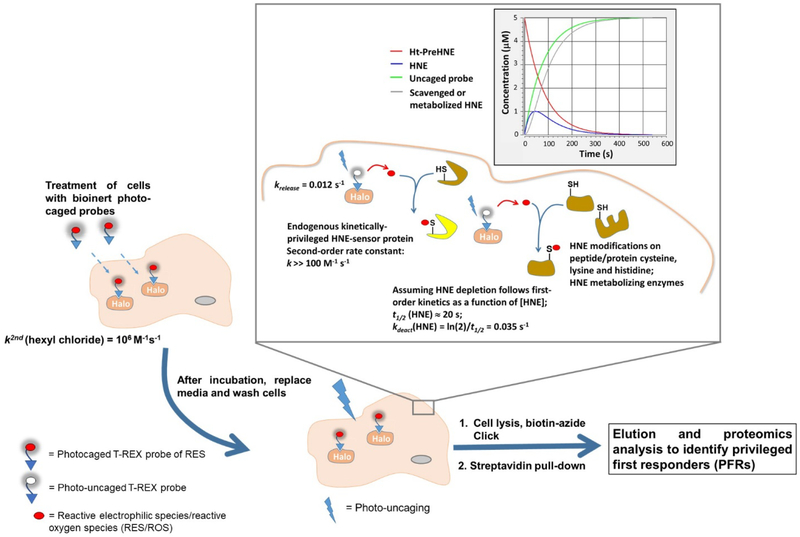Figure 3. G-REX: Genome-wide ID of KPSs under electrophile-limited conditions.
General setup of G-REX: Cells ectopically expressing HaloTag are treated with the photocaged-RES (i.e., T-REX probe) [in this case, Ht-PreHNE (i.e., HaloTag-targetable precursor to HNE)]. HaloTag specifically binds the hexyl chloride linker of the probe with rapid second-order kinetics[46]. Unbound probe is washed out. Upon photouncaging, HNE(alkyne), in sub-stoichiometric amount to Halo concentration, is liberated rapidly inside cells (t1/2 < 1–2 min[32]) within the microenvironment of Halo, enabling low-occupancy covalent labeling of native KPSs by HNE. Cell lysis and Click coupling with biotin-azide allows enrichment of HNEylated KPS(s) by streptavidin pull-down and target-ID enabled by digest LC-MS/MS. Top enriched targets can be validated using T-REX and they must pass the same level of stringent negative-control tests (see Fig. 2b legend). Inset: The lifespan of HNE liberated in G-REX conditions is modeled (Kinetiscope, version 1.1.743.x64). krelease is the first-order rate constant of photouncaging. Assuming overall HNE deactivation/degradation follows a first-order kinetics, kdeact is the corresponding rate constant.

